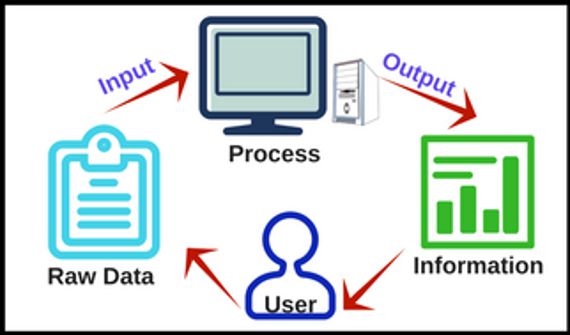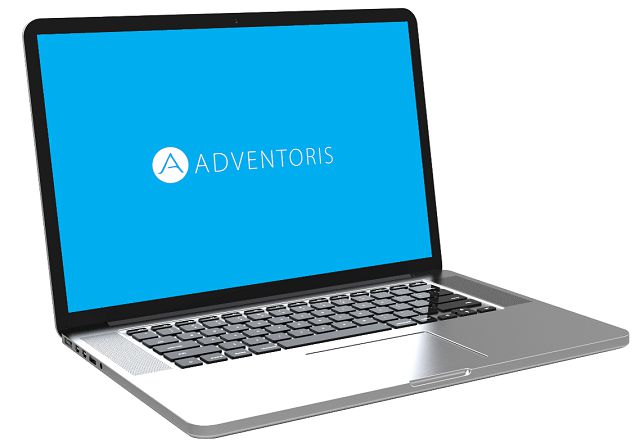In the world of computing, many different types of devices are available, each with its unique set of features and capabilities. Some of the most common types of computing devices include PCs, desktops, and laptops. While these terms are often interchangeable, there are some key differences between them.
In this article, we will take a closer look at the difference between desktops, and laptops, including their form factors, features, and use cases. Whether you are a casual computer user or a seasoned IT professional, this guide will help you better understand the world of computing and make more informed decisions when it comes to choosing the right device for your needs.
1. What is the computer?
A computer is an electronic device that manipulates information or data. It is capable of storing, retrieving, and processing data.
PC (Personal Computer) is a type of computer for personal use. Personal computers include desktops and laptops.
2. What is a Desktop?
Desktops are designed to be in a fixed location with high-performance, high-energy consumption. A desktop is also referred to as a PC (Personal Computer).
3. Definition of Laptop
Laptops are portable and are capable of running on batteries. One way to differentiate laptops is by their screen sizes, such as 14 inches or larger for a laptop, 13 inches for a notebook, etc.


